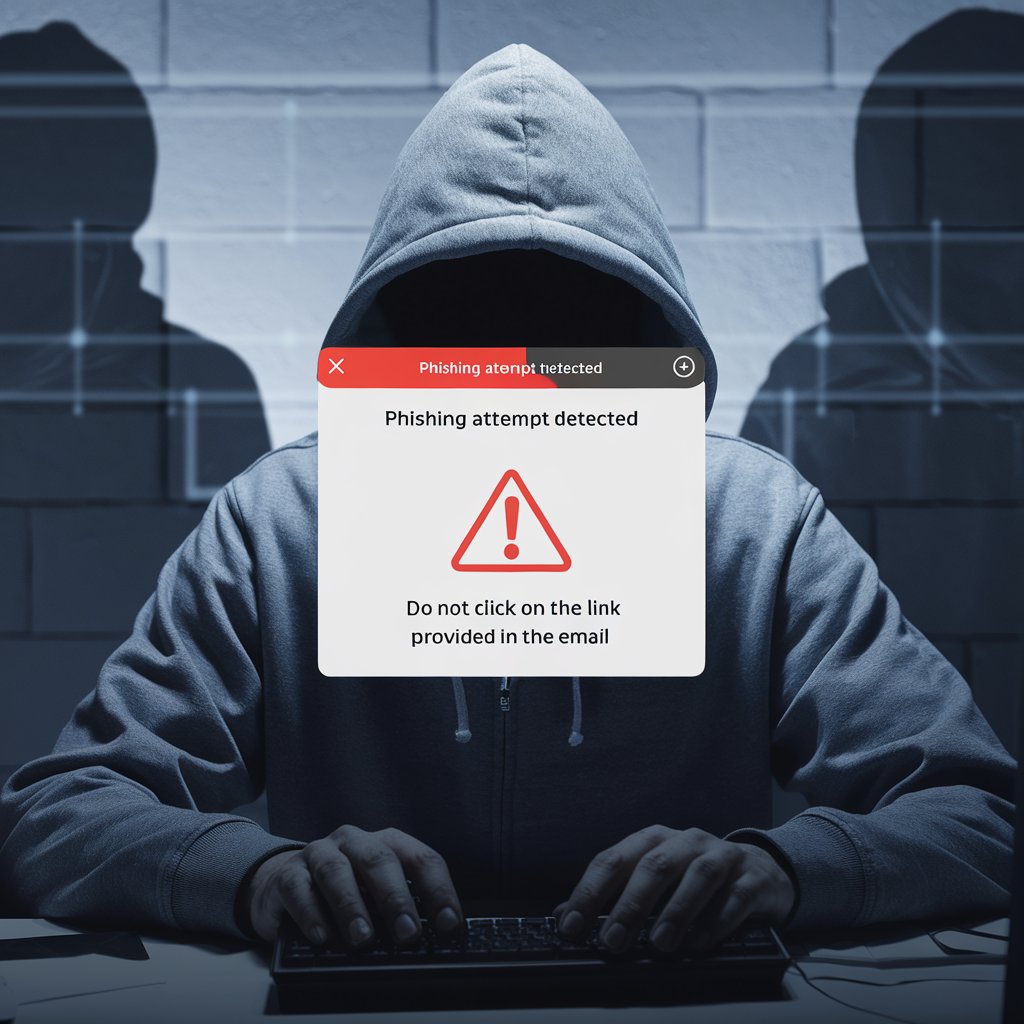Phishing Prevention Tips: How to Spot and Avoid Phishing Scams

Strong 8k brings an ultra-HD IPTV experience to your living room and your pocket.
Table of Contents
Introduction: Understanding the Phishing Threat
1. Recognizing Phishing Scams: Key Indicators
2. Employing Anti-Phishing Tools and Software
3. Strong Passwords and Multi-Factor Authentication
4. Employee Training: Building a Security Culture
5. Safe Browsing Practices: Protecting Your Online Presence
6. Reporting Phishing Attempts: Taking Action
7. Continuous Learning: Staying Updated on Threats
Conclusion: Staying Vigilant Against Phishing
Introduction: Understanding the Phishing Threat
In an increasingly digital world, phishing scams have become one of the most common and effective methods for cybercriminals to steal sensitive information from individuals and organizations alike. Phishing attacks typically involve fraudulent communications, often disguised as legitimate emails or messages, that trick recipients into revealing personal data, such as passwords or credit card numbers.
The impact of successful phishing attacks can be devastating, leading to financial losses, identity theft, and compromised company data. For small businesses, which may lack robust cybersecurity measures, the risks are particularly pronounced. Therefore, understanding how to spot and avoid phishing scams is essential for anyone navigating the online landscape.
Educational programs like the Cyber Security Course in Kolkata are invaluable for equipping individuals with the skills needed to recognize and combat these threats effectively.
1. Recognizing Phishing Scams: Key Indicators
The first step in preventing phishing scams is learning how to recognize them. Phishing emails often exhibit several common characteristics that can help you identify them before falling victim to their traps.
Suspicious Sender Addresses: Always check the sender's email address carefully. Phishers often use addresses that look similar to legitimate ones but may have slight variations or misspellings. For instance, an email from "[email protected]" might come from "[email protected]."
Urgent Language: Many phishing attempts create a sense of urgency, prompting recipients to act quickly without thinking critically about the request. Phrases like "Your account will be suspended!" or "Immediate action required!" are red flags that should raise suspicion.
By familiarizing yourself with these indicators, you can develop a keen eye for spotting potential phishing attempts before they can cause harm.
2. Employing Anti-Phishing Tools and Software
To bolster your defenses against phishing attacks, consider utilizing anti-phishing tools and software designed to detect and block fraudulent communications before they reach your inbox. Many email providers offer built-in spam filters that can help identify suspicious messages based on known patterns and sender reputations.
In addition to these built-in protections, various third-party anti-phishing add-ons are available for popular web browsers that enhance your security while browsing online. These tools can alert you when you attempt to visit a known phishing site or provide warnings about suspicious links.
Implementing these tools not only helps protect your personal information but also creates a more secure environment for your organization’s sensitive data.
3. Strong Passwords and Multi-Factor Authentication
One of the simplest yet most effective ways to protect yourself from phishing attacks is by using strong passwords and enabling multi-factor authentication (MFA) wherever possible. A strong password should be unique to each account and consist of a mix of uppercase letters, lowercase letters, numbers, and special characters.
MFA adds an additional layer of security by requiring users to provide two or more verification factors before accessing their accounts—such as a password combined with a one-time code sent via text message or generated by an authenticator app.
By implementing these practices, even if a phisher manages to obtain your password through deceptive tactics, they would still face significant hurdles in gaining access to your accounts.
4. Employee Training: Building a Security Culture
For organizations, fostering a culture of cybersecurity awareness is crucial in combating phishing threats effectively. Regular employee training sessions should be conducted to educate staff about the latest phishing techniques and how to recognize them.
Training programs should cover topics such as identifying suspicious emails, understanding the importance of secure passwords, and practicing safe browsing habits. Simulated phishing campaigns can also be beneficial in testing employees' responses and reinforcing training concepts.
By empowering employees with knowledge about potential threats, organizations can significantly reduce their vulnerability to phishing attacks while creating a proactive security culture.
5. Safe Browsing Practices: Protecting Your Online Presence
Practicing safe browsing habits is essential for avoiding phishing scams in everyday online activities. Always verify the authenticity of websites before entering any personal information; look for HTTPS in the URL and check for security certificates.
When clicking on links in emails or messages, hover over them first to see the destination URL without actually clicking it. This simple action can help you determine whether the link directs you to a legitimate site or a malicious one designed to steal your information.
Additionally, avoid downloading attachments from unknown sources or unexpected emails, as these may contain malware designed to compromise your system’s security.
6. Reporting Phishing Attempts: Taking Action
If you encounter a suspected phishing attempt, it’s essential to report it promptly to help protect others from falling victim as well. Most email providers have mechanisms for reporting spam or phishing emails directly within their platforms.
In addition to reporting within your email service, consider notifying relevant authorities or organizations about the phishing attempt—especially if it involves impersonation of a legitimate business or institution.
Taking action not only helps raise awareness about ongoing threats but also contributes to broader efforts aimed at combating cybercrime on a larger scale.
7. Continuous Learning: Staying Updated on Threats
Phishing tactics are constantly evolving as cybercriminals adapt their strategies to exploit new vulnerabilities and trends in technology. Therefore, continuous learning is vital for staying ahead of potential threats.
Regularly updating your knowledge through resources such as cybersecurity blogs, webinars, and industry news can help you remain informed about emerging phishing techniques and best practices for prevention.
Courses like the Cyber Security Course in Kolkata provide valuable insights into current trends while equipping participants with practical skills needed for effective threat management—ensuring that individuals are well-prepared to face evolving challenges in cybersecurity.
Conclusion: Staying Vigilant Against Phishing
In conclusion, phishing scams pose significant risks that require vigilance and proactive measures for effective prevention. By understanding how to recognize potential threats, employing anti-phishing tools, implementing strong password practices, conducting employee training sessions, practicing safe browsing habits, reporting suspicious attempts promptly, and committing to continuous learning—individuals and organizations can significantly reduce their vulnerability to these deceptive tactics.
As cyber threats continue to evolve in complexity and sophistication, investing time into education through programs like the Cyber Security Course in Kolkata will empower you with critical knowledge necessary for navigating this complex landscape successfully! By staying vigilant against phishing scams today—you're not just protecting yourself; you're contributing toward creating a safer digital environment for everyone!
Note: IndiBlogHub features both user-submitted and editorial content. We do not verify third-party contributions. Read our Disclaimer and Privacy Policyfor details.


